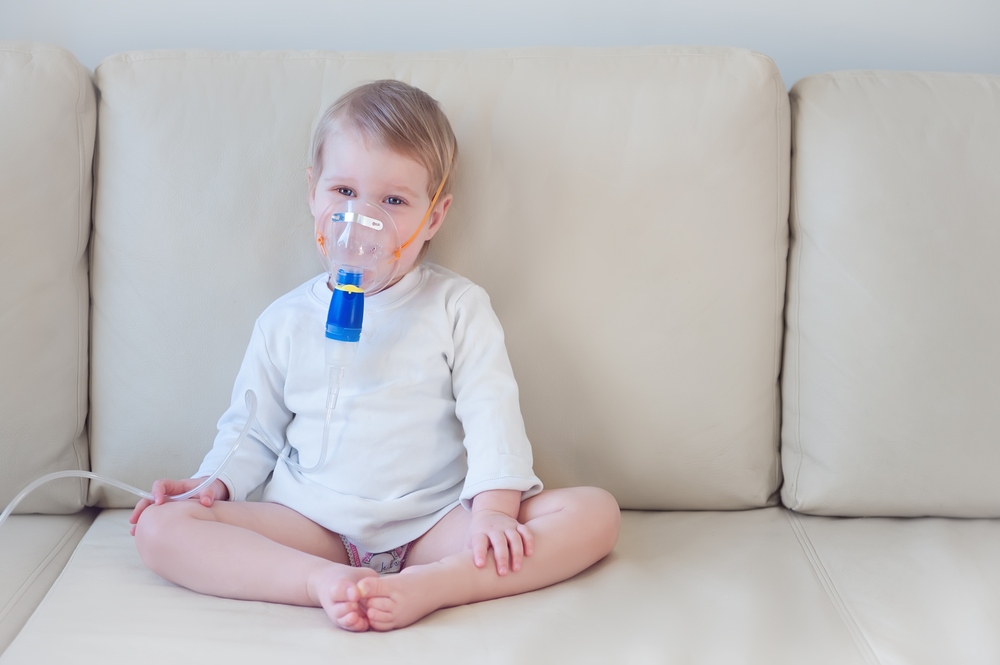According to a new study, children living in urban areas with asthma are at risk of suffering additional asthma symptoms because of being exposed to high airborne endotoxin levels at school. The study entitled “School endotoxin exposure and asthma morbidity in inner-city children” was published this June in Chest.
Asthma is a frequent chronic condition of the airways that is complex and characterized by variable and regular symptoms, airflow obstruction, bronchial hyper responsiveness and inflammation. Asthma may be classified clinically on the basis of various parameters including the atopic status of the individual, the degree of airway obstruction, or the nature of trigger factors. It has been established that the classification into atopic or non-atopic asthma is based on the presence or absence of clinical symptoms due to one or more frequent airborne allergens, maintained by the presence of allergen-specific antibodies. It is controversial and still not well understood if the imunopathogenesis of atopic and non-atopic asthma is distinct or if both are driven by similar mechanisms.
In this study, the research team performed a longitudinal cohort study with 248 students with asthma from 38 downtown schools. The researchers conducted a baseline phenotyping and follow-up with the participants. They monitored the students during the academic school year and associated clinical outcomes with classroom-specific dust and air endotoxin levels in addition to home dust endotoxin levels. The primary outcome was maximum days with asthma symptoms per day during a period of two weeks.
Dr. Peggy S. Lai and co-authors of the study noted in a news release that their study suggested if the airborne endotoxin levels associated with classrooms were reduced to levels similar to the average lowest measured levels, the maximum days with asthma for patients could be decreased by 1.4 days during a two-week period.
Researchers found that classrooms had significantly higher permanent dust endotoxin levels when compared to home environments. 22.0% of the classrooms were observed to have airborne endotoxin levels above the suggested working exposure limits for adults. The endotoxin levels measured in the classroom air were not dependently associated with increased maximum days with symptoms in non-atopic children contrary to atopic asthmatics. In non-atopic individuals, maximum days with symptoms increased by 1.3 days for every 14-day time-window when compared to students in classrooms with the lowest endotoxin levels.
These findings are comparable to 34 fewer days with symptoms in a year for each affected child — a similar outcome to what is observed with inhaled corticosteroids used in the Childhood Asthma Management Program. The authors added that this is roughly three times the effect formerly seen when omalizumab, a humanized antibody used to decrease sensitivity to inhaled or ingested allergens, was added to the standard therapy given to asthmatic children living in urban areas.
The researchers also noted limitations to their sampling techniques, which were conducted using an ion-charging device to collect unobtrusive air in the classrooms. However, they recognize that their sampling techniques were previously shown to give similar results as pump-based sampling methods.
Overall, this research study suggested that urban children with asthma are exposed to high levels of airborne endotoxin at school, leading to an increase in asthma symptoms in non-atopic children. Importantly, the researchers suggested that a modification in school-related exposure levels would be a potential strategy to decrease asthma morbidity in this target group.

